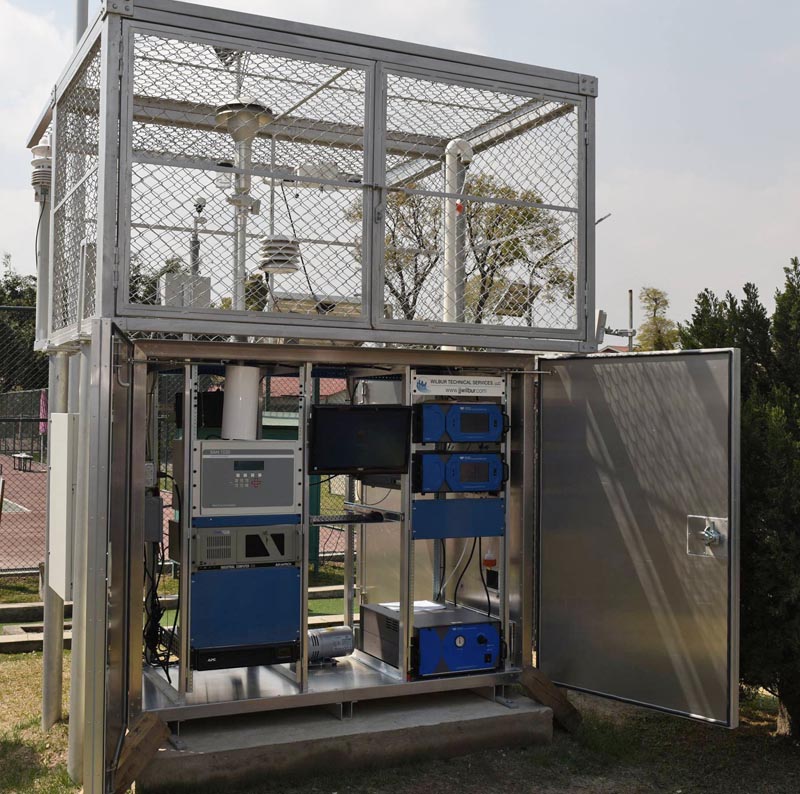Government gets access to US Embassy AQM data
Kathmandu, March 17
Nepal now has access to the US Embassy Air Quality Monitor data, collected by the United States Environmental Protection Agency.
According to the Department of Environment, The US Embassy agreed to share data with the Department of Environment from the embassy’s Maharajgunj and Kantipath-based stations. Senior Divisional Chemist Shankar Prasad Paudel signed a letter for the sharing of air data during the inauguration of the air quality monitoring station in Ratnapark on March 14 this year.
“After the signing, we now have access to the data generated by the two stations of the US Embassy in Nepal.” Paudel told The Himalayan Times, “This not only gives us access to more reliable data, but also has paved the way to receive technical support regarding air pollution control from the US in future.”
Although an air quality monitoring station was established in Ratnapark six months ago, the government officially inaugurated the station on Tuesday this week. The station was installed by the Department of Environment with the technical support of the International Centre for Integrated Mountain Development.
The station, which came into operation on August 9, has been continuously measuring particulate matter concentration in the air.
According to the Department of Environment, the station has been sending data regularly to the central sever since it began operation. The station measured dust particles, especially particulate matter (PM 10) and PM 2.5 in the air, and levels of carbon monoxide, sulfur dioxide, nitrogen oxide, and ozone in the atmosphere.
Although the practice of monitoring levels of air pollution began in Nepal in 2002 with the installation of seven air quality stations in the Valley by the Danish government, all stations were shut down by 2009.
After the stations were handed over to the Nepali government in 2008, the government entrusted the Environment and Public Health Organisation with managing the stations. A misunderstanding between the government and the ENPHO led to closure of the stations in 2009. The department is in the process of installing 56 stations throughout the country.






